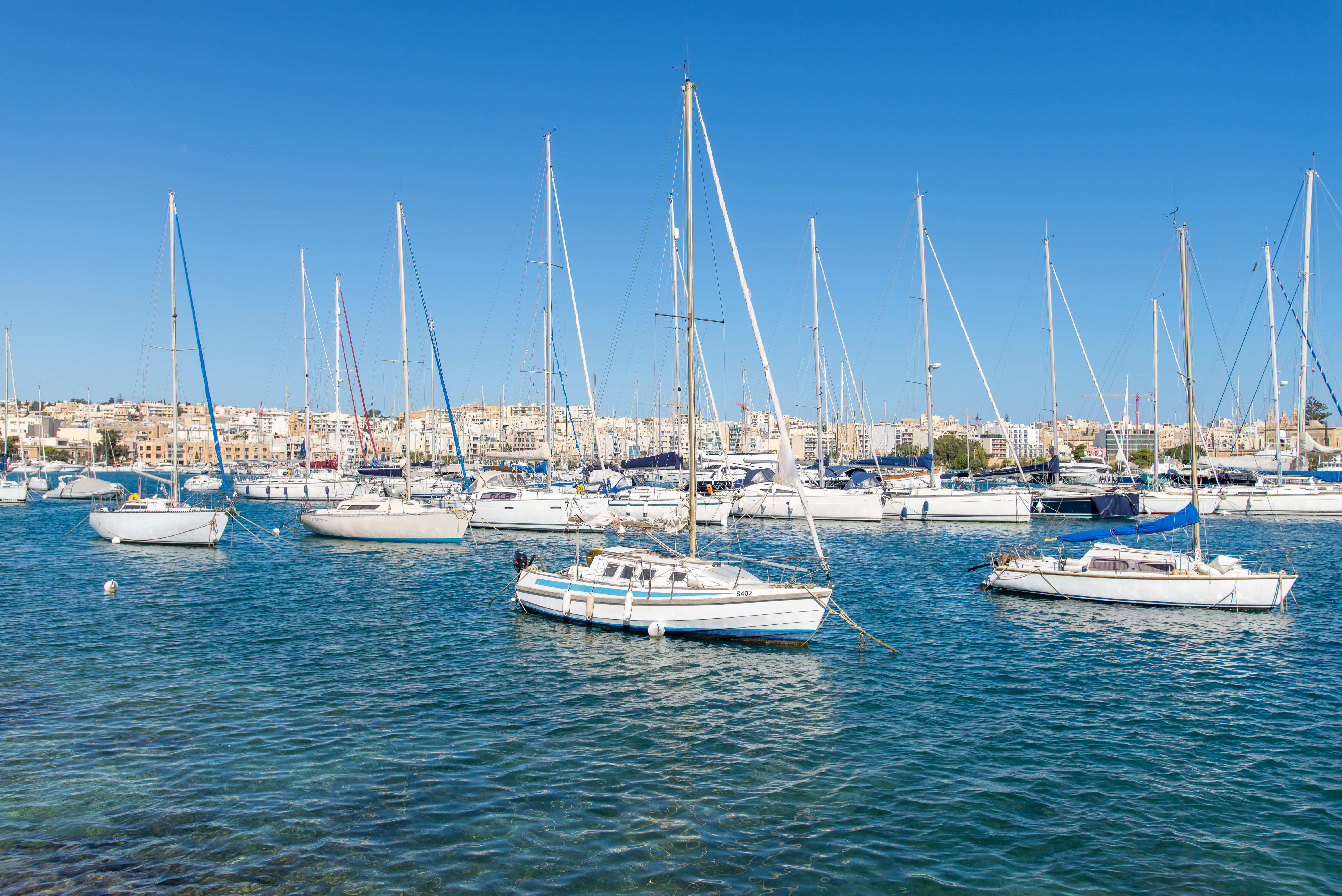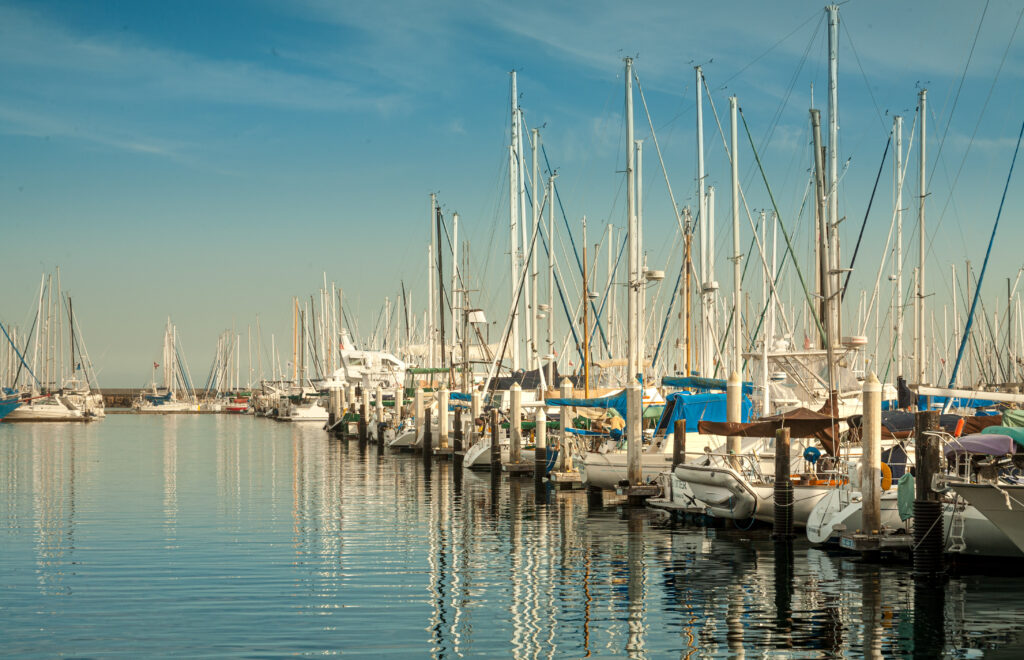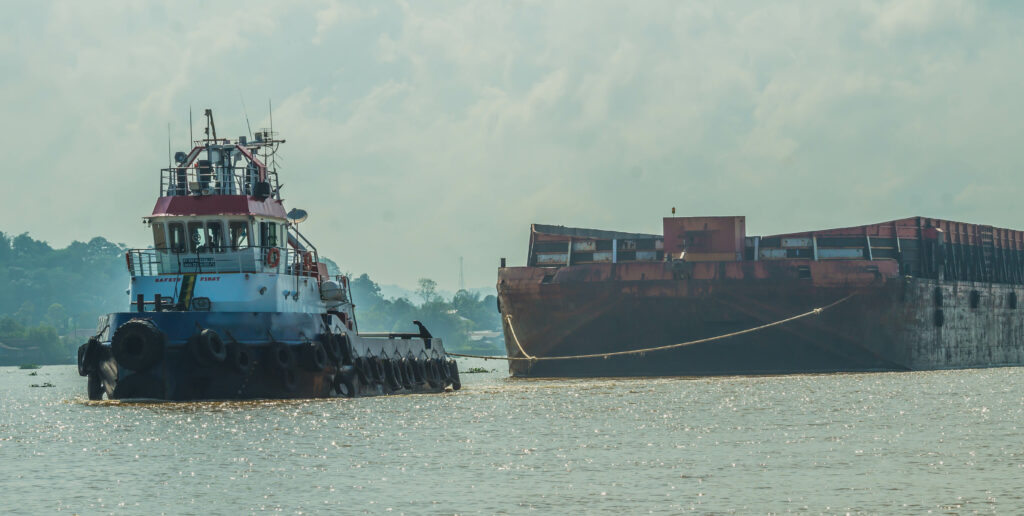Introduction
As the world begins to understand the urgent need to address climate change, industries across the globe are seeking sustainable solutions to reduce their carbon footprint. In the UK, the maritime industry has emerged as a crucial player in the effort to reach carbon neutrality. This blog will explore the challenges and the opportunities within the UK maritime industry aiming to chart a course towards a carbon-neutral future.
Current Landscape
The maritime industry plays a large role in the UK’s economy, facilitating trade, supporting tourism, and connecting the nation to a global marketplace. However, the environmental impact of maritime activities, particularly its carbon emissions, poses a significant challenge. To combat this, the industry is increasingly adopting ambitious targets to become carbon neutral, aligning with the UK government’s broader commitment to achieving net-zero emissions by 2050.

Technological Innovations
One of the primary avenues for reaching carbon neutrality in the maritime sector is through the adoption of innovative technologies. Electric and hybrid propulsion systems[HC1] , along with the development of hydrogen and ammonia-powered engines, are at the forefront of the industry’s efforts to transition away from traditional fossil fuels. Additionally, advancements in wind assisted propulsion and energy efficient ship designs are contributing to a more sustainable maritime fleet.
Alternative Fuels and Renewable Energy
The shift towards alternative fuels, such as biofuels and synthetic fuels produced from renewable sources, is gaining momentum in the UK maritime industry. This change not only reduces the carbon footprint but also encourages the use of cleaner energy. Furthermore, using renewable energy technologies (such as solar panels and wind turbines) on ships in ports helps to reduce emissions and boost energy efficiency.
Regulatory Framework and Industry Collaboration
In January 2019, the UK government published UK Maritime 2050 strategy, which outlines the UK government’s vision and pathway towards achieving carbon neutrality in the maritime industry by 2050. This strategy aims to decarbonise the maritime sector through various measures, including the adoption of cleaner fuels, improvements in energy efficiency, and the development of innovative technologies such as hydrogen and electric propulsion systems for ships. This framework encourages the use of cleaner fuels, invests in the research and development of new technologies and implements regulations and incentives to reduce emissions from the maritime sector. It also includes goals to cut emissions, ways to put a price on carbon, and rewards for adopting sustainable technologies. Additionally, industry collaboration and partnerships between government bodies, ship owners and technology providers play a large role in driving sustainable practices across the sector.

Examples of industry collaboration
- International Maritime Organisation (IMO)
The IMO is the United Nations specialised agency responsible for regulating shipping. It has adopted various measures to reduce greenhouse gas emissions from ships, including the Energy Efficiency Design Index (EEDI), the Ship Energy Efficiency Management Plan (SEEMP), and the IMO’s Initial Strategy on the reduction of greenhouse gas emissions from ships. The IMO facilitates international cooperation among its member states to develop and implement these measures.
- Global Maritime Energy Efficiency Partnerships (GloMEEP)
GloMEEP is a joint initiative of the IMO and the Global Environment Facility (GEF) aimed at supporting the adoption and implementation of energy efficiency measures for shipping. It provides technical assistance, capacity building, and knowledge sharing to help countries develop and implement policies and regulations to improve energy efficiency in the maritime sector.
- Getting to Zero Coalition
The Getting to Zero Coalition is a partnership between the Global Maritime Forum, the Friends of Ocean Action, and the World Economic Forum. It brings together industry stakeholders, governments, and other organisations with the goal of accelerating the decarbonisation of the maritime industry and achieving zero-emission vessels by 2030. The coalition focuses on research, innovation, and collaboration to drive the development and adoption of zero-emission fuels and technologies.
UKHO roadmap for a more sustainable maritime future – GOV.UK (www.gov.uk)
Clean maritime plan: Maritime 2050 environment route map – GOV.UK (www.gov.uk)

Challenges and Opportunities
While the path to carbon neutrality in the UK maritime industry is filled with challenges, such as the high initial costs of green technology and the need for significant infrastructure upgrades, it also presents opportunities. Embracing sustainability can enhance the industry’s competitiveness, improve operational efficiency, and open doors to new markets and partnerships.
Conclusion
Carbon neutrality in the UK maritime industry will be a complex yet imperative journey that will require co-ordinated efforts from stakeholders across the board. By leveraging technological innovations, embracing alternative fuels, adhering to regulatory frameworks and fostering collaboration, the maritime industry can play an important role in steering the UK towards a sustainable future.

Darren started working in Insurance in 2010 and gained experience in the London Market until 2016, working for 2 global Marine Insurance brokers with a specific focus on global shipping and associated Hull / P&I risks, including War and Kidnap and Ransom covers.
Darren joined Hayes Parsons in 2016 and has since gained his Chartered Broker status. In 2024 Darren was promoted to Marine Director and can be contacted via phone, email or LinkedIn.








